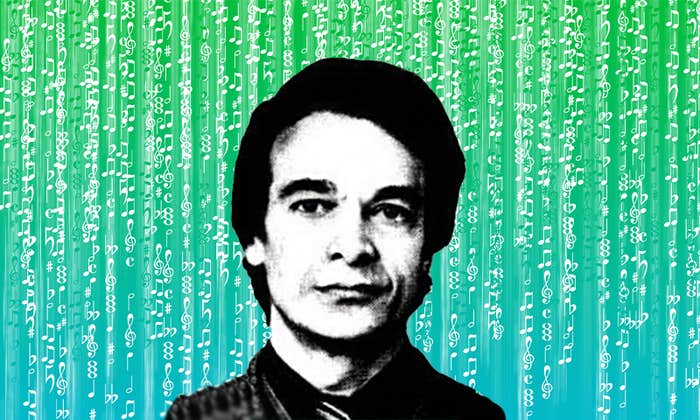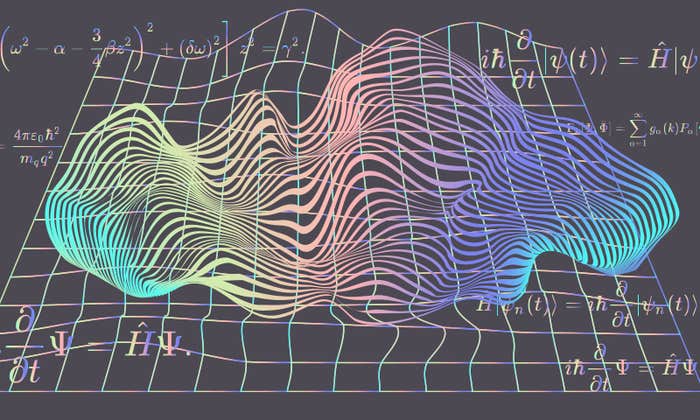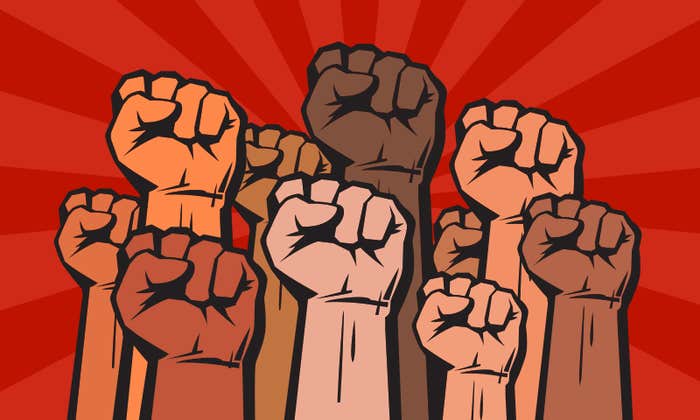Gutsy. Bloody-minded. Irresponsible. Devious. Cavalier. Reckless. Tough. There’s a Nobel Prize for each of those characteristics.
The recipient of 2023’s Nobel for Medicine was certainly gutsy. To stay in the United States in 1988, Katalin Karikó, born and raised in Hungary, had to fight an extradition order initiated by a slighted former colleague. When the University of Pennsylvania repeatedly demoted her because she wasn’t bringing in enough money, she left, telling her bosses to preserve her lab as a museum, because one day her work was going to make her famous. She was right: Her research and insights paved the way for the COVID-19 vaccine.
Nobel laureates are often like that. While the public perception of science is one of a careful, modest, plod toward discovery, the truth is that scientists keen to make a difference in their field often have to upend things to change the status quo. Nobel laureate Sir Paul Nurse has likened his role within a research group to an adventurous special forces operative who gets dropped behind enemy lines to do difficult, dangerous work. In science, prizewinners are like prizefighters: larger than life risk-takers, fiercely driven competitors willing to push the rules to the limit—and break them if necessary. In his autobiographical sketch for the Nobel Prize, 2005 laureate Barry Marshall wrote his bold experiment “was one of those occasions when it would be easier to get forgiveness than permission.” And sometimes you have to bring that knockout punch: Your competitors are not going to stand aside and let you onto the podium unchallenged.

Barbara McClintock’s bloody-minded pursuit of her big idea in genetics carried her past an array of jeering colleagues. One even referred to her as “just an old bag,” but it didn’t stop her bagging the 1983 prize in Physiology or Medicine for her discovery that genetic elements can change positions on a chromosome, which causes genes to be active or inactive. Kary Mullis could reasonably be deemed irresponsible in his Nobel-winning use of LSD to work out how to replicate DNA. Werner Forssmann was devious: He tricked a colleague into handing over the keys to his hospital’s operating theater, where he performed a forbidden—but groundbreaking—experiment on his own heart. Stanley Prusiner was cavalier with the processes of science to establish prion proteins as the cause of the brain disorder, Creutzfeldt-Jakob disease—one colleague accused him of doing “horrendous things,” and “just running roughshod over his field.”
Barry Marshall was famously reckless. He swallowed a sickness-inducing cupful of Helicobacter pylori bacteria to prove that they, and not lifestyle issues such as smoking and stress, caused stomach ulcers. And Marie Curie was definitely tough, if only for showing up for the Nobel ceremony after the committee had explicitly asked her not to. She had been excoriated by the French press, because of her relationship with the physicist Paul Langevin, who was married. The Swedish academy didn’t want their king to shake hands with an adulteress, but Curie was having none of it. “I cannot accept … that the appreciation of the value of scientific work should be influenced by libel and slander concerning private life,” she told the Academy, and made her way to Stockholm.
Curie’s situation is perhaps unique among this list of Nobel laureates; her rebelliousness was not in her science but in her presence in Stockholm. The others, though, were rebels through and through. And for some, that nature even carried over into their Nobel Prize acceptance speeches.

Take Prusiner, for example. He certainly had an ax to grind: On the day the Nobel Committee announced his prize for showing that a protein lay behind scrapie, CJD, and mad cow disease, the head of neuropathology at Yale complained the award would stifle other lines of inquiry—and that a virus would ultimately be shown to be responsible for the diseases. The director of the federal Rocky Mountain Lab in Montana declared, “There is no direct proof that a protein alone is the infectious agent (or that a virus isn’t involved).” So when Prusiner got up in front of the academy, he made it clear that his colleagues had been short-sighted when they declared him unworthy. “Only a small number of people can grasp the meaning of such discoveries initially,” he said. In case his detractors didn’t get the barbed point, he wrote a Nobel autobiography that made it clear he had suffered a “torrent of criticism”; “the personal attacks of the naysayers at times became very vicious,” he said. Ultimately, the rebel won—and enjoyed it. Perhaps more importantly, it has now become clear that understanding prion proteins matters: Their properties have been linked to the processes behind degenerative brain diseases such as Parkinson’s and Alzheimer’s.

Hannes Alfvén also indulged himself at the Nobel ceremony. An electrical engineer, Alfvén won his physics Nobel in 1970 after a decades-long fight against the physicists whose discipline he had invaded. Chief among his detractors was British mathematician and geophysicist Sydney Chapman, who had developed a theory that the aurora borealis—the northern lights—resulted from electrons that moved through the ionosphere, one of the outer layers of the Earth’s atmosphere.
Chapman’s theory didn’t match observations of the aurora but still became widely accepted. Alfvén, on the other hand, built his work on the back of a series of laboratory experiments in the late 1930s, creating a complex mathematical theory for the behavior of space-based plasma and the aurora. He showed that the northern lights would result from an interaction between the Earth’s magnetic field and space-borne electric currents originating at the sun.
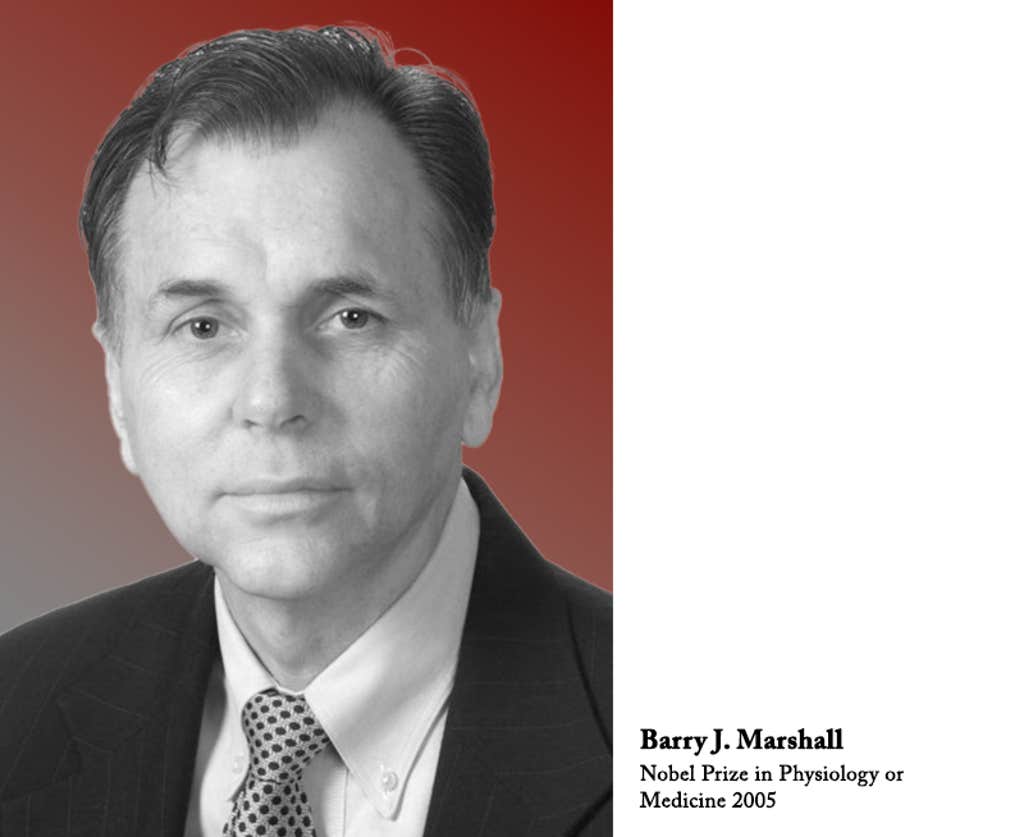
Chapman exerted all his influence to block—today we might say “cancel”—Alfvén. Chapman was a fellow of the Royal Society, a member of the U.S. National Academy of Sciences, a scientific advisor at the Geophysical Institute of Alaska, and an honorary fellow of Queen’s College, Oxford, Trinity College, Cambridge, and Imperial College, London. Leading journal editors said Alfven’s calculations couldn’t be right because they didn’t agree with Chapman’s.
When the time came for Alfvén to collect his Nobel—in the year that Chapman died—he didn’t hold back. Plasma physics, he said in his speech, was “the playground of theoreticians who have never seen a plasma in a laboratory” and “still believe in formulae which we know from laboratory experiments to be wrong.” You can almost hear the smile as he apologizes that laboratory plasma “absolutely refuses to obey” the laws other theorists had laid down.
Daniel Shechtman took a similar tone over the objections of his detractors. He won the 2011 Nobel Prize in Chemistry for the discovery of quasicrystals. In his Nobel lecture he mentioned that he had experienced bad reactions to his discovery. Double Nobel laureate Linus Pauling had told him—and everyone else—that quasicrystals couldn’t possibly exist, calling Shechtman a “quasi-scientist.”
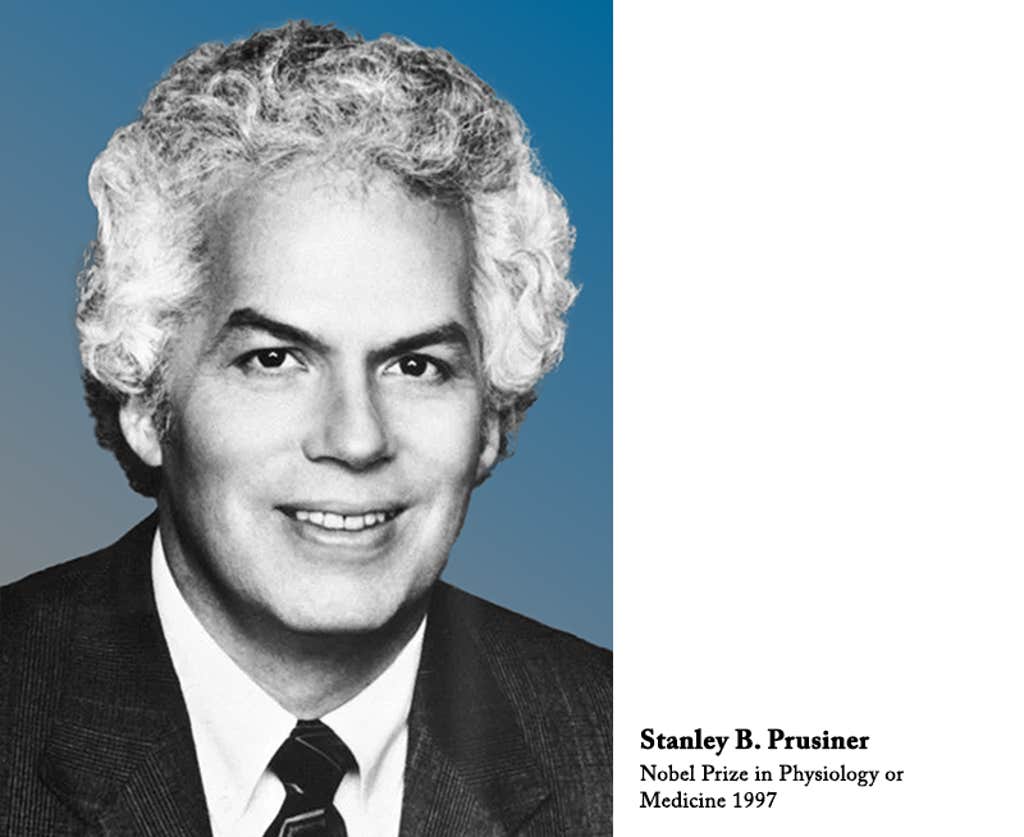
Pauling had what Shechtman calls the “battalions” of the scientists in the American Chemical Society behind him. Even the leader of Shechtman’s own research team went along with Pauling, summarily expelling Shechtman. “I was a shame to the group,” the laureate recalled during his speech. To the audience’s amusement, he showed a powerpoint slide of a black and white cat strutting along in front of a line of glowering German Shepherd dogs. “For a while, this is how I felt,” he explained.
When Marshall collected his Nobel prize, the citation referred to a scientist who “with tenacity and a prepared mind challenged prevailing dogmas.” Marshall was a little more explicit. “Before finishing I want to acknowledge all those scientists who failed to recognise [Helicobacter pylori],” he said in his acceptance speech. “Without them I would have had a very different career.”
Karikó decided to behave herself at the Nobel ceremony: Her speech is a straightforward telling of the story of mRNA vaccine’s discovery and development, though she did add that without the sackings she suffered, she would never have taken the path that led to her Nobel Prize. “Focus on what’s next,” was her only advice if you find yourself in what she diplomatically termed “a situation.”
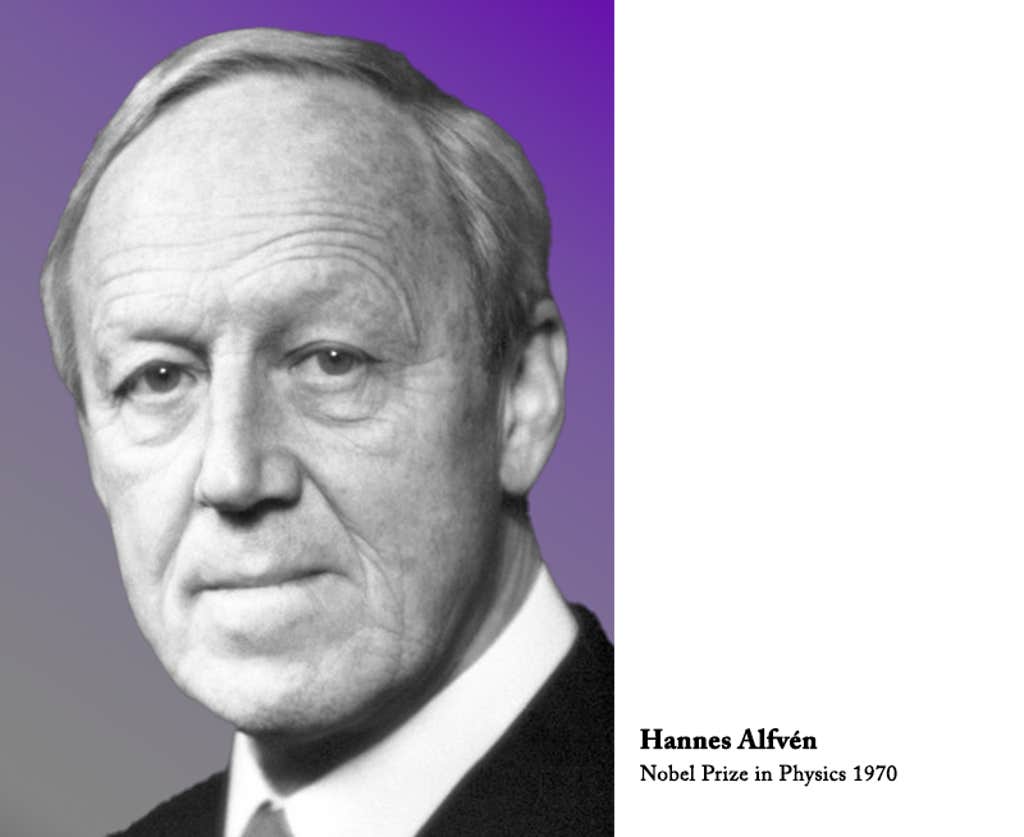
Her restraint may have been due to the fact that she had already celebrated her triumph over adversity at previous award ceremonies. “I’m thankful for people who tried to make my life miserable,” she told the audience at the Canada Gairdner International Award ceremony in November 2022. “Those people who demoted me from faculty positions, who fired me from my positions—they made me work harder and improve myself, and without them I wouldn’t be here.”
Perhaps Karikó originally intended to repeat her comments in Stockholm, but thought better of it in the end. She wouldn’t have been the first. McClintock wrote a number of drafts of her speech on notepaper marked with the crest of Stockholm’s Grand Hotel, where the laureates always stay before the ceremony. One draft says, “For many years I worked on a genetic phenomenon that was most unacceptable to all but a few persons.” She crossed this out. Below it, she wrote that she was “truly amused” by some of her critics: A maize geneticist came to see her once, and said he had heard that she held some strange views, and that he did not want to hear a word about them. “I could not refrain from laughing,” she wrote. That story is outlined in almost every draft of the speech, but it didn’t make the final cut.
In the end, McClintock contented herself with expressing pleasure at being labeled a troublesome rebel. Because her peers and colleagues ignored and even rejected her, she had been left alone to get on with the work she loved: “I was not invited to give lectures or seminars, except on rare occasions, or to serve on committees or panels, or to perform other scientists’ duties. Instead of causing personal difficulties, this long interval proved to be a delight. It allowed complete freedom to continue investigations without interruption.” The “old bag,” in other words, had it all wrapped up. ![]()
Lead collage by Tasnuva Elahi; with photos from The Nobel Prize.
























